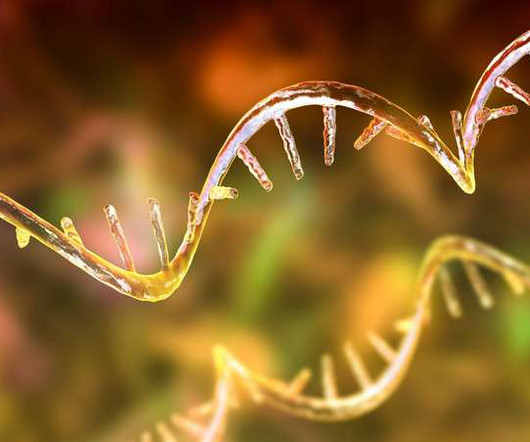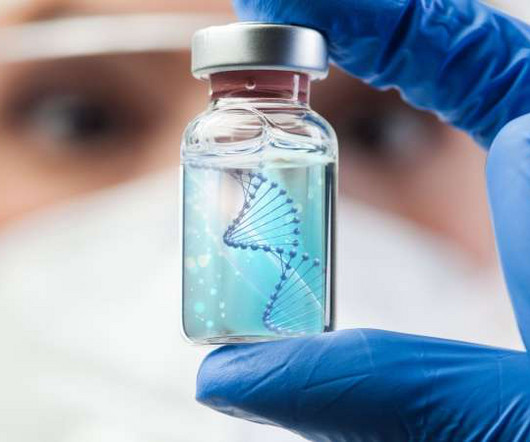CAMP4’s funding influx paves the way for tapping regulatory RNA to treat urea cycle disorders
Pharmaceutical Technology
JULY 29, 2022
Ultragenyx uses adeno-associated virus 8 (AAV8) gene therapy to induce stable OTC gene expression. This treatment activates the OTC gene so that ammonia can be removed from the blood. This gene therapy will give the instructions to produce the enzyme arginine so that it can be hydrolysed to ornithine.













Let's personalize your content